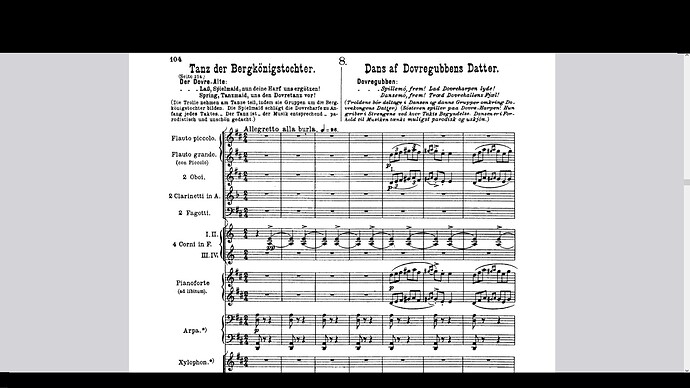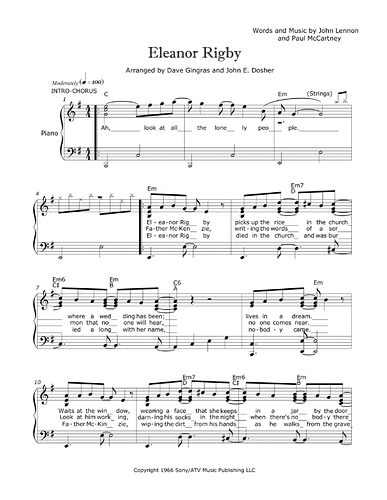The original Perry Mason TV theme, “Park Avenue Beat” is a mid-century classic. We did an homage to it way back when:
However I’ve always had two questions about the harmony:
-
The song is nominally in C minor, and the main progression just goes I-VI-II-V. However, the VI chord is actually the Dorian version, A min7b5. The key signature according to Wikipedia is still C minor though, i.e. three flats. What key signature would you use for C Dorian — three flats, as notated, plus accidentals as needed? Or just go with two flats?
-
That last chord, always a bit of a mystery. The simplest way to write it is as a slash chord, Dmaj over Cmin. This is also how you play it on a piano, so it works nicely for that. You can read the notation and hear a piano midi file on the Wikipedia page for “polychord”, halfway down the page:
It’s hard to pick out what it is at first listen. It sounds majory, and very close to a Lydian dominant chord. And it would be if were Dmaj over C7. But the base chord is Cmin, not C7. So my questions are:
- What would you call this, if not a slash chord? Is there a name?
- This chord does not occur in any common minor mode. The best fit is the fourth mode of harmonic minor, the “Ukrainian Dorian scale”. Who knew. Or would you think of it some other way?
All in, pretty out-there stuff for TV.









